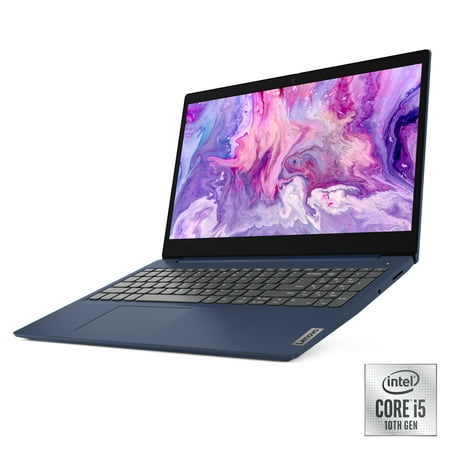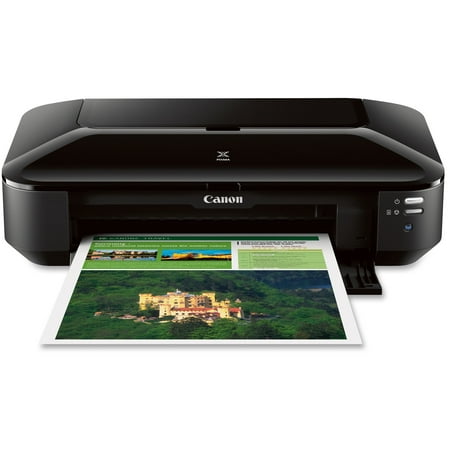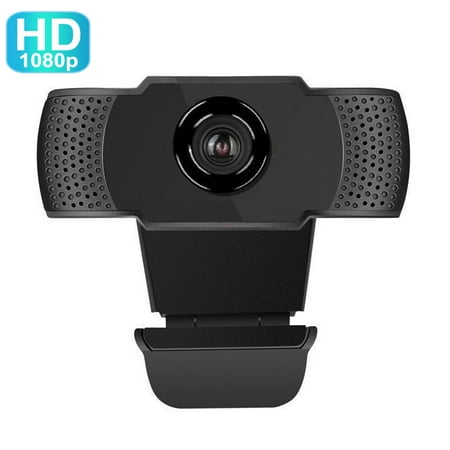Lenovo IdeaPad 3 15″ Laptop, Intel Core i5-1035G1 Quad-Core Processor, 8GB Memory, 256GB Solid State Drive, Windows 10, Abyss Blue, 81WE00ENUS
Lenovo IdeaPad three 15″ Laptop, Intel Core i5-1035G1 Quad-Core Processor, 8GB Memory, 256GB Solid State Drive, Windows 10, Abyss Blue, 81WE00ENUS 2020 model





















Reviews
There are no reviews yet.